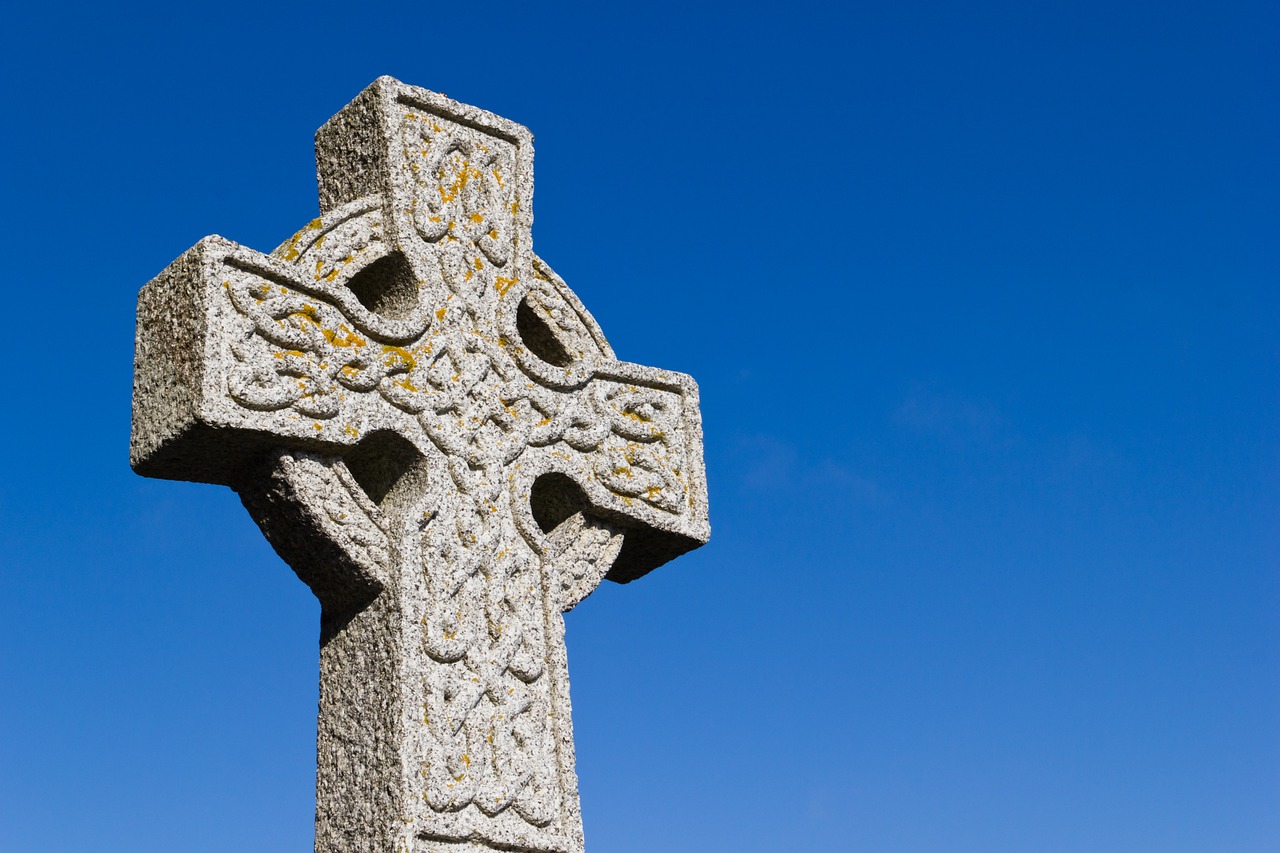The Roman Empire left a significant mark on the world through advanced construction, logistical innovation, and sophisticated legal systems. Yet, with their profound influence came a troubling legacy—a form of cultural homogenization that often led to the erasure of diverse traditions. The Romans had a tendency to absorb and reshape the cultures they encountered, leading to a blending of identities that left many unrecognizable. If one were to envision Rome as a color, it would likely be beige, embodying their role as the ultimate unifying force in history.
This influence was particularly detrimental to cultures that primarily relied on oral traditions, such as the Celts. For the Celtic tribes, spirituality and religion were deeply woven into daily life, with varying customs and technologies enriched by a shared mythology. The druids, who dedicated their lives to memorizing the stories and rites honoring the gods, served as the central figures in Celtic spirituality. Their role extended beyond religious leadership, as they also functioned as lawmakers and mediators in conflicts, earning the respect of the tribes, who otherwise might disagree on trivial matters.
The challenge arose from the fact that the druids held all the knowledge of their cultural beliefs in their memories—nothing was written down. When the Romans invaded and systematically eradicated the druids, the original belief systems began to vanish, leaving a significant void.
A pertinent question emerges: despite the Celts’ literacy, why did they not document their religious beliefs? A plausible explanation may lie in maintaining authority over religious interpretation; much like the priests who controlled access to the Bible for centuries, the druids likely felt that keeping traditions oral safeguarded their power.
What limited sources remain concerning Celtic beliefs are predominantly from Roman accounts, marred by their inherent biases. The Romans classified anyone who wasn’t Roman as a barbarian and largely dismissed cultural inquiry unless it could facilitate conquest. They often conflated Roman deities with the gods of the tribes they sought to conquer, recognizing parallels in their mythologies, as evidenced by sites like Bath, where the Roman goddess Minerva was associated with the Celtic goddess Sulis.
This discussion leads us to examine the Celtic deity Camulos (or Camulus), believed to be a war god. The Romans related him to their own god, Mars, and drew connections to the Greek Ares. He appears on several coins minted in Gaul and is thought to have inspired the name of the Roman settlement Camulodunum, now Colchester.
However, the concept of a singular “God of War” is complex. While Ares stood as a god representing all aspects of war in Greek mythology, many pantheistic cultures divided the aspects of war across different deities. For example, Athena embodies the strategic and noble sides of warfare, contrasting with Ares’ representation of chaos and destruction. Some argue that even the goddess Aphrodite had warlike characteristics, signifying the complex interplay between love and conflict, particularly in Spartan society, which embraced her duality.
Given that the Celts were characterized as militaristic—mainly from Roman narratives, which may exaggerate their prowess for propagandistic purposes, they likely adhered to this multifaceted representation of divinity in warfare. It’s possible that Andraste, a Celtic goddess, acted as a counterbalance to Camulos’ more aggressive nature.
Camulos was the patron deity of the Remi tribe on the European mainland, portrayed as a guardian and protector—a role differing substantially from the more aggressive Mars, who was often associated with rage and slaughter. The iconography related to Camulos, such as depictions of stag horns or boars, suggests a connection to hunting rather than warfare, raising questions about the nature of his worship.
Archaeological evidence, albeit scant, includes a broken altar from Bar Hill, England, which mentions “To The God Mars Camulos” alongside other military references. This suggests a martial connection, but the missing context limits our comprehensive understanding of Camulos in relation to his Roman counterparts.
While exploring the connections between Camulos and Roman deities, I anticipated a wealth of historical artifacts and descriptions, yet the records reveal only fragments—six Latin inscriptions and a handful of coins, with Julius Caesar among the few offering references.
Key findings point to the idea that many sources erroneously cite widespread worship of Camulos, frequently mentioning Camulodunum, but little else. The rendition of Camulos remains speculative; even the authenticity of coin depictions is uncertain, leading to skepticism about the Celtic reverence of a singular war deity under that name.
Interesting Resources Found
In this pursuit, I encountered several valuable online resources that led me astray into captivating discoveries unrelated to Camulos.
- British Museum Virtual Gallery: An immersive experience of various exhibit rooms, specifically indulging in Room 50.
- Roman Inscriptions in Britain: A comprehensive database, cataloging the inscriptions found across Roman-era Britain.
The journey of understanding the cultural depth of the Celts and the complexity surrounding their deities remains tantalizing yet elusive, underscoring the profound effects of Roman influence on indigenous belief systems.



